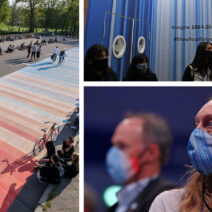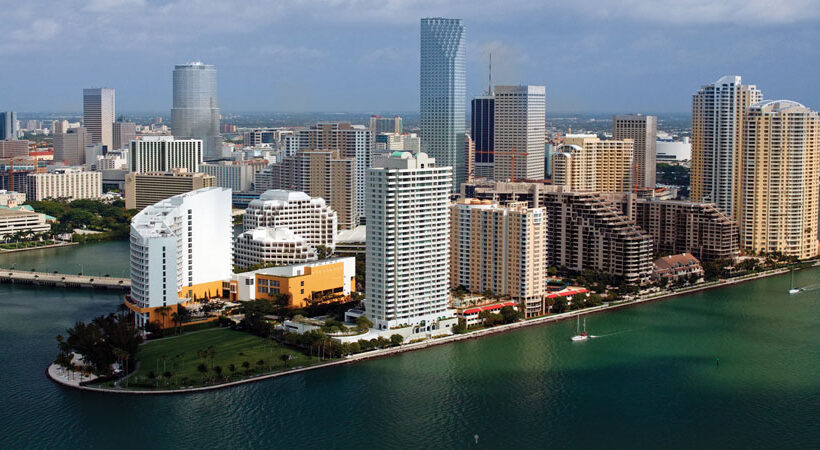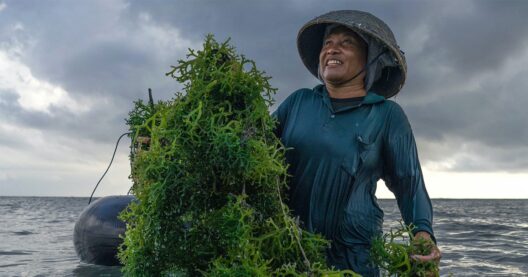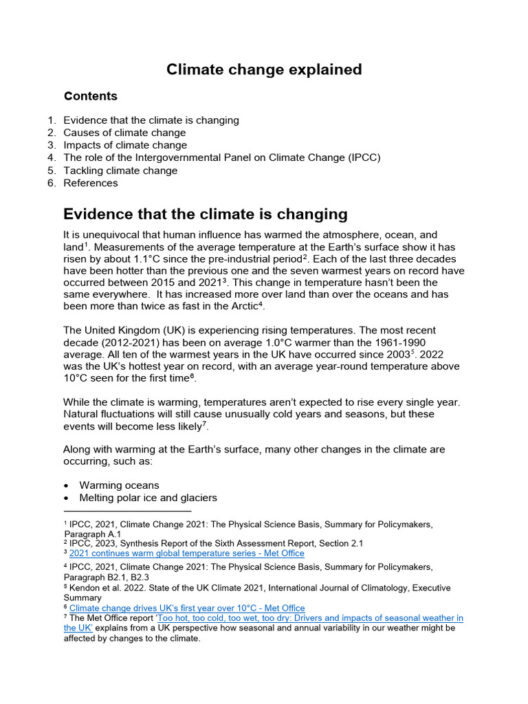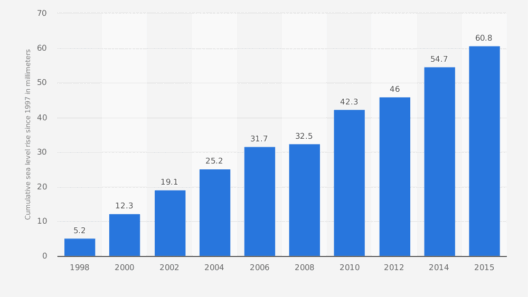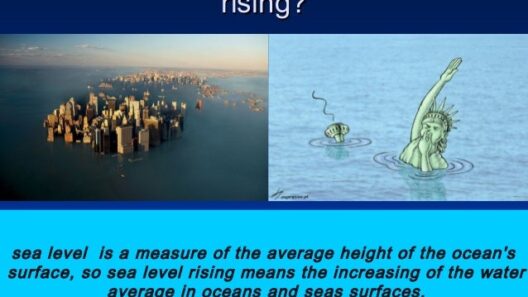The phenomenon of rising sea levels is not merely a scientific hypothesis; it represents a pressing challenge that affects millions globally. To grasp the urgency of this issue, one must delve into the verifiable data surrounding ocean-level increase. This article explores the multifaceted reasons behind rising sea levels, its implications on human life and ecosystems, and the accompanying strategic responses required to mitigate its impacts.
As we assess the harsh reality of rising sea levels, it is imperative to understand the natural and anthropogenic factors contributing to this global event. The mechanisms that lead to this phenomenon include thermal expansion, the melting of ice sheets and glaciers, and changes in terrestrial water storage. Each of these factors plays a pivotal role in the alarming rise of oceans.
The Mechanics of Ocean Expansion
One primary reason for rising sea levels is thermal expansion, which refers to the increase in water volume as temperatures escalate. As the Earth’s average temperatures rise due to climate change, ocean water absorbs this heat, causing it to expand. The impact may seem minor at first glance, but as research has indicated, the cumulative effect is substantial. The oceans have absorbed more than 90% of the excess heat incurred by climate change, resulting in an unprecedented expansion of seawater.
Moreover, as we examine historical data, we witness an alarming trend: over the past century, average global sea levels have risen approximately 8 inches. Projections suggest that this rate will accelerate, prompting an increase of 1 to 4 feet by the end of the century, depending on greenhouse gas emissions trajectories. Such projections are not merely theoretical; they are bolstered by empirical evidence and predictive models that underscore the urgency of action.
Melting Glaciers and Ice Sheets
Another significant contributor to rising sea levels stems from the melting of glaciers and ice sheets, particularly in Greenland and Antarctica. Over the past few decades, researchers have observed alarming rates of ice loss from these massive formations. The Greenland Ice Sheet alone has lost nearly 4 trillion tons of ice since the mid-1990s, and Antarctica is experiencing a similar crisis.
As glaciers recede and ice sheets disintegrate, the water previously stored in ice is released into the oceans, which causes sea levels to rise. Additionally, the melting of polar ice accelerates the warming process; as white ice reflects sunlight, its absence leads to greater absorption of heat by the ocean, further exacerbating thermal expansion.
This multifaceted interaction between warming temperatures and melting ice underscores the critical importance of limiting greenhouse gas emissions to mitigate the effects of sea level rise. Researchers emphasize that a mere increase of 2 degrees Celsius in global temperatures could lead to catastrophic consequences for coastal communities around the world.
Impact on Ecosystems and Human Populations
The ramifications of rising sea levels extend far beyond the coastal vistas we are accustomed to; they encompass profound environmental and societal implications. Coastal ecosystems, such as mangroves and wetlands, serve as critical habitats for diverse marine and terrestrial species. However, as seas encroach upon these vital areas, they threaten both biodiversity and the livelihood of communities dependent on these ecosystems for sustenance.
Moreover, the encroachment of seawater into freshwater aquifers significantly threatens drinking water supply for millions. Flooding and saltwater intrusion undermine agricultural productivity, forcing farmers to abandon land rendered useless. This exacerbation of food insecurity could lead to resource conflicts, further destabilizing already fragile regions.
Coastal cities are also at risk. Cities like Miami, New Orleans, and Jakarta face dire threats from flooding. Rising sea levels can lead to increased storm surges, resulting in catastrophic flood events that devastate infrastructure and displace communities. It is projected that millions of people could be displaced by 2050 if current trajectories continue. The unavoidable displacement and refugee crises stemming from this phenomenon requires immediate, organized international action.
Mitigation and Adaptation Strategies
Confronting the reality of rising sea levels demands robust and innovative strategies tailored for specific regions. Mitigation efforts, primarily aimed at reducing greenhouse gas emissions, must be prioritized globally. This includes transitioning to renewable energy sources like solar and wind, rethinking urban planning, and investing in sustainable agricultural practices.
Adaptation strategies are equally crucial. Coastal infrastructure must be fortified to withstand rising waters and increased storm activity. Investments should be directed toward building seawalls, restoring natural barriers such as mangroves and wetlands, and creating comprehensive disaster preparedness plans for coastal populations.
Additionally, engaging in community outreach and education can empower populations to understand the risks and take preemptive measures. Knowledge of rising sea levels can incentivize local communities to participate in conservation efforts, pushing for sustainable practices at a grassroots level.
In conclusion, the veracity of rising sea levels is supported by scientifically sound research and irrefutable evidence. Recognizing the multifaceted causes and widespread impacts of this phenomenon is critical not only for environmental stewardship but also for humanity’s future. The urgency of this crisis calls for collective action to incorporate effective mitigation and adaptation strategies, forging a path toward resilience in the face of climate change.
